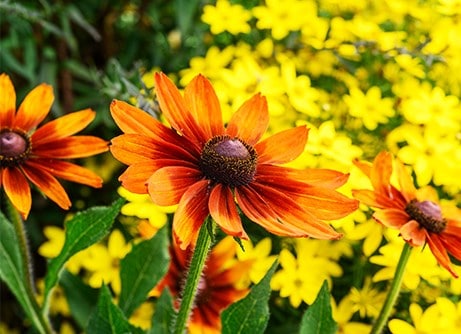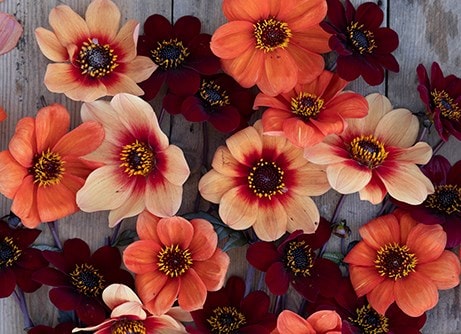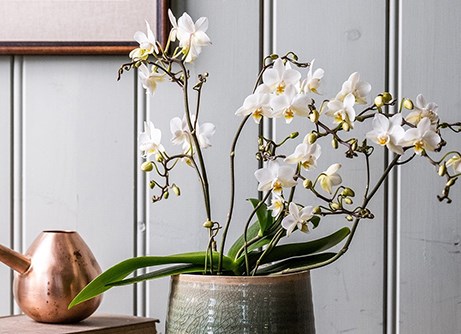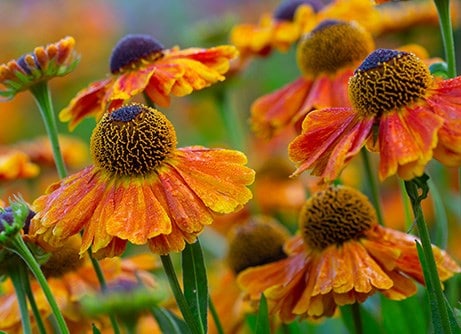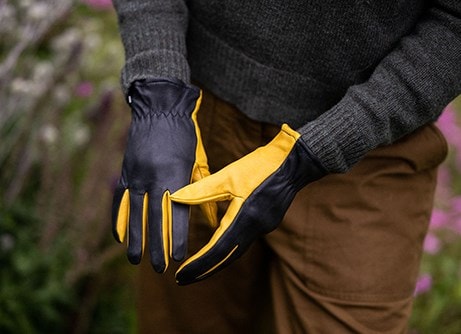Bold and classic, this compact red rose brings instant elegance and warmth indoors. Its deep crimson blooms unfold in perfect, velvety layers above a base of glossy, dark green leaves. The upright, bushy habit keeps the plant neat and full, making it ideal for bright rooms, windowsills, or as a lasting gift.
Each flower is rich in colour and form, offering the timeless appeal of a red rose in a manageable, houseplant size. With regular watering and removal of spent blooms, Rosa Valentine Red stays fresh and full of life for weeks. After its indoor display, it can be gradually acclimatised and grown outdoors in a patio pot for continued flowering through the warmer months.
Please note that the pot in the photograph is not supplied with the plant (which is sent out in a simple nursery alternative), but we have a wide and wonderful range on our website to choose from.
How to care for Rosa Valentine Red:
Place near a sunny window, avoiding intense midday sun that can scorch the foliage. Keep the compost evenly moist but never waterlogged, and always allow excess water to drain freely. Normal indoor humidity is fine, though the plant appreciates fresh air and should be kept away from radiators and draughts.
Feed every two weeks during flowering with a balanced liquid fertiliser to support healthy growth and repeat blooms. Remove faded flowers regularly to encourage new buds and maintain a compact shape. After flowering, allow the plant a short rest by reducing watering slightly.
Once the indoor display has finished, the rose can be gradually acclimatised to outdoor conditions—start by placing it outside for a few hours a day before planting it into a patio pot with well-drained loam-based compost. Choose a sunny, sheltered spot, and continue regular watering and feeding through the warmer months.
After the main flowering period, lightly prune to maintain the plant’s shape and remove any dead or weak stems. For established plants grown outdoors in pots, a slightly harder prune in early spring — cutting back the previous season’s growth by around one-third — will promote dense new growth and better flowering later in the season. Throughout the growing period, continue to deadhead spent blooms to keep the plant tidy and encourage repeat flowering.
Soil:
Moderately fertile, moist, but well-drained soil, or general-purpose loam-based potting compost


